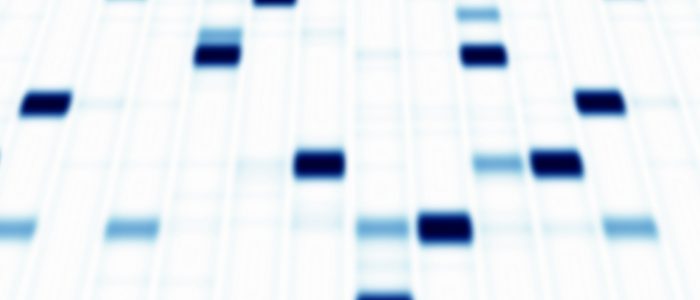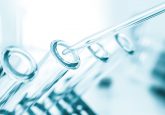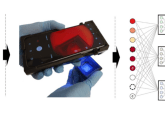Biosensor could provide more efficient diagnosis of cancer and infectious disease

A new silicon photonic biosensor could significantly speed up diagnostic healthcare processes for diseases such as cancer. The sensor, currently in development by researchers from University of York (UK), is able to detect multiple proteins and enzymes from one blood sample; this offers an improvement on current methods, which can typically only detect one protein per sample.
Multiple tests are often required in the diagnosis of cancer and infectious disease, meaning that this new technology could benefit patient care. The results were recently published in Nature Communications.
In this research, the investigators used an electrochemical silicon photonic sensor, which is capable of highly sensitive and multiparameter profiling of biomarkers. The sensor uses light and electricity to characterize the biomolecules; this combination also provides additional quantitative information, as well as additional insights into specific chemical reactions.
Thomas Krauss, one of the paper’s authors, explained the significance of the findings: “These sensors can give fast, real-time results and at low cost. The length of time and money that it takes laboratory technicians to identify just one protein in a patient sample is a real challenge for the NHS and can result in emotional distress for patients.
“Not only can this new technology speed the process up, but it can test for a number of proteins and enzymes together in just one sample, increasing the chances of a successful and timely diagnosis.”
As a next step, the researchers intend to investigate the use of this biosensor in urine samples for markers of urinary tract infections. It is hoped that the biosensor can identify biomarkers of both the infection and antibiotic resistance; if this can be achieved then it is more likely that the most effective antibiotic treatment course will be administered straight away.
Jose Juan-Colas, first author of the study, further commented: “This new diagnostic technique could have many applications and really pushes us forward in how we think about developing technologies for the future.”
“By working together across multiple disciplines we have demonstrated a unique technology with the potential to make a real difference to health science, clinical practice and basic science.”
Sources: Juan-Colás J, Parkin A, Dunn KE, Scullion MG, Krauss TF, Johnson SD. The electrophotonic silicon biosensor. Nat. Commun. 7, 12769 (2016);
www.york.ac.uk/news-and-events/news/2016/research/biosensor-blood-tests/




